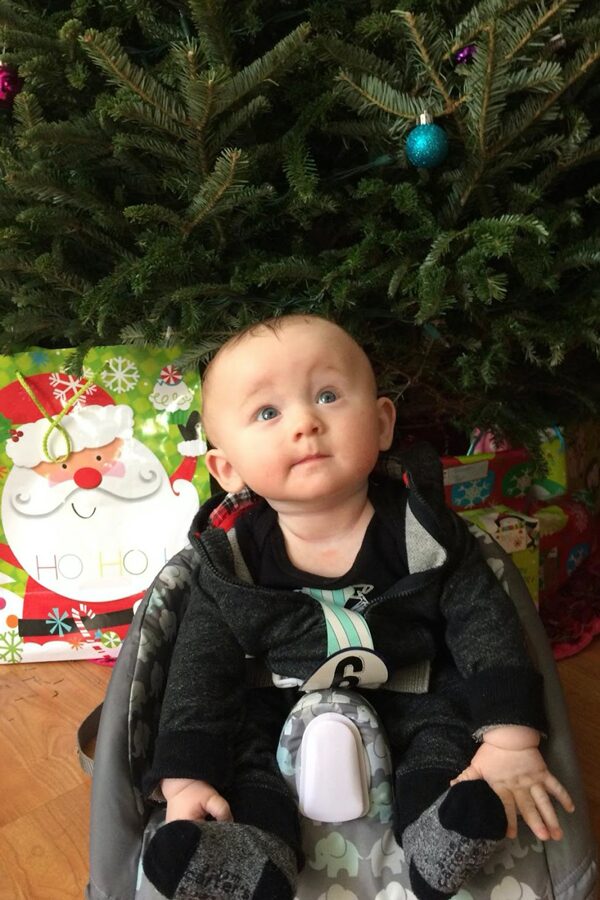One of the keys to creating a calm and peaceful home is to learn how to see the world from your child’s perspective. Maria Montessori challenged us to ‘follow the child’. To do this, first we must have a sense of how your children think, feel, and react.
 For example, take this child. He is looking up and you can tell that he is looking at someone or something really tall. He is probably looking up at an adult that he loves. Imagine how the world looks to him at two or three feet tall. It looks a lot different than it does to us. Let’s try to put ourselves into our children’s shoes and understand what it’s like to be so small. From this perspective adults seem to be giants. Because of their size and strength, they seem to be all powerful.
For example, take this child. He is looking up and you can tell that he is looking at someone or something really tall. He is probably looking up at an adult that he loves. Imagine how the world looks to him at two or three feet tall. It looks a lot different than it does to us. Let’s try to put ourselves into our children’s shoes and understand what it’s like to be so small. From this perspective adults seem to be giants. Because of their size and strength, they seem to be all powerful.
We invite you to do a little exercise. When your children are asleep, with your parenting partner, get down on the floor and use your smartphone to take a video of what the house looks like from your child’s height. This is particularly dramatic if your child is very young. You will notice how different the furniture, the stove and the kitchen cabinets look. It probably feels like living in a giant’s house? When children are small, they can feel overwhelmed, powerless, and without a voice.
As parents, you are not only taller and stronger than young children, you are the ones who meet their needs. You say yes or no. You pay attention or ignore them. As adults, we don’t always understand what our children are trying to tell us, and our children find ways to get our attention and communicate their desires by trial and error.
When they are young, children learn to recognize the needs of others as well as their own, to communicate with words, and gain skills that foster independence. In the beginning they don’t have words so they cry, smile, or coo. They don’t even truly recognize that they are separate beings from their primary caregivers.
When they are young, children learn to recognize the needs of others as well as their own, to communicate with words, and gain skills that foster independence. In the beginning they don’t have words so they cry, smile, or coo. They don’t even truly recognize that they are separate beings from their primary caregivers. As they grow, in addition to words, most young children communicate their needs with the adults in their lives through tears, smiles that make our hearts melt, tantrums, pouting, and other ways to make themselves heard. They begin to realize that they have their own unique voice. They are working to develop respectful communication, independence, and the ability to do things for themselves.
As children grow, during the elementary years, they become even better at communicating. They are increasingly interested in their peers and their relationships. They are all about rules and fairness. They want to make up their own rules and try them out. They are beginning to feel their own independence and autonomy. As parents we start to feel more comfortable and confident in their ability to make decisions and handle certain situations on their own or with a little help from adults.
Adolescence is the middle ground between childhood and the world of adults. Teenagers are neither children nor adults. One minute they are one, next the other. Their bodies are growing and changing rapidly overnight. They want to know what their place is in the world and how they can make a difference. They become interested in sexuality—their own and others. They want to try out different ideas to discover their values and beliefs which may or may not be the same as their parents.
Every child is unique. No matter what age they are, some children seem to easily accept their parent’s guidance while others seem to test everything their parents say or do. Throughout their childhood it is their parents’ job to lift them up, listen and try to understand, help them gain confidence, and find their own identity.






